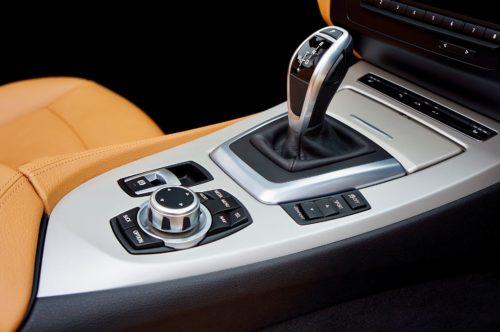The upgrade to 5G networks is not only going to transform industries, businesses, and consumers with intelligent connectivity. Low-latency connectivity plays a paramount role enabling an array of smart city applications including smart urban agriculture to real-time detection of crime to intelligent traffic management and, of course, self-driving cars.
How future cities manage transport will also change as the result of citizens becoming increasingly demanding. The cities’ local governments are thus going to employ more diverse and innovative means of transport. Autonomous drones used as air taxis for a solo passenger are also going to be seen frequently in the skies, together with other means of air mobility.
Connecting transport and IoT in a smart city
In the recent Smart Mobility Congress in Barcelona, Spain global industry leaders discussed future transport options in a smart city. In just a few years’ time, transport can become much more efficient and relevant through the use of connected sensors, big data, mobile applications, and mobile payments. As they provide the connectivity that is enabling these changes, mobile operators are best placed to advise on how to meet the different transportation challenges of the future.
The IoT drives efficiencies and delivers rich new services that have a positive impact in urban life. However, without effective strategies in place, cities can be unable to capitalize on these benefits.
As part of the GSMA Connected Living programme, an initiative that lets operators add value and accelerate the delivery of new connected devices and services in the Internet of Things (IoT), the Smart Cities project is collaborating with mobile operators and a number of cities to create real, long-term benefits for businesses and citizens through IoT technologies.
Connecting vehicles to their surroundings
A wide array of applications, services, and technologies can connect a vehicle to other vehicles (V2V), to the infrastructure, and to its surroundings. A connected vehicle includes the different communication devices, which can be embedded or portable, present in the vehicle that enables in-car connectivity with other devices present in the same vehicle.
A connected vehicle also enables connection of the vehicle to external devices, networks, applications, and services. These applications can include anything and everything from traffic safety and efficiency, infotainment, parking assistance, roadside assistance, remote diagnostics, and telematics to autonomous self-driving vehicles and global positioning systems (GPS).
What is a connected vehicle?
Typically, within the scale of the six levels of autonomous driving, vehicles that include interactive advanced driver-assistance systems (ADASs) and cooperative intelligent transport systems (C-ITS) can be regarded as connected. Connected-vehicle safety applications are designed to increase situation awareness and mitigate traffic accidents through Vehicle-to-Vehicle (V2V) and Vehicle-to-Infrastructure (V2I) communications.
ADAS technology can be based on vision/camera systems, sensor technology, vehicle data networks, V2V, or V2I systems. Features may include adaptive cruise control, automate braking, incorporate GPS and traffic warnings, connect to smartphones, alert the driver to hazards, and keep the driver aware of what is in the blind spot.
In terms of safety, V2V communication technology could mitigate traffic collisions and improve traffic congestion by exchanging basic safety information such as location, speed, and direction between vehicles within range of each other. It can supplement active safety features, such as forward collision warning and blind-spot detection.
Connected vehicles technologies are also going to be a fundamental component of automated driving as they will allow the exchange of sensor and awareness data among vehicles, cooperative localization and map updating, as well as facilitate cooperative maneuvers between automated vehicles.
Electric cars and smart cities
Perhaps Tesla is the most talked about of all electric cars, even though there are many other auto-makers in the electric and connected vehicle market as well. According to InsideEVs, Tesla Model 3 was the number one selling plug-in electric car in Canada for September 2018. This comes along with the news that Tesla Model 3 is the safest car that has has been tested, according to the National Highway Traffic Safety Administration (NHTSA).















